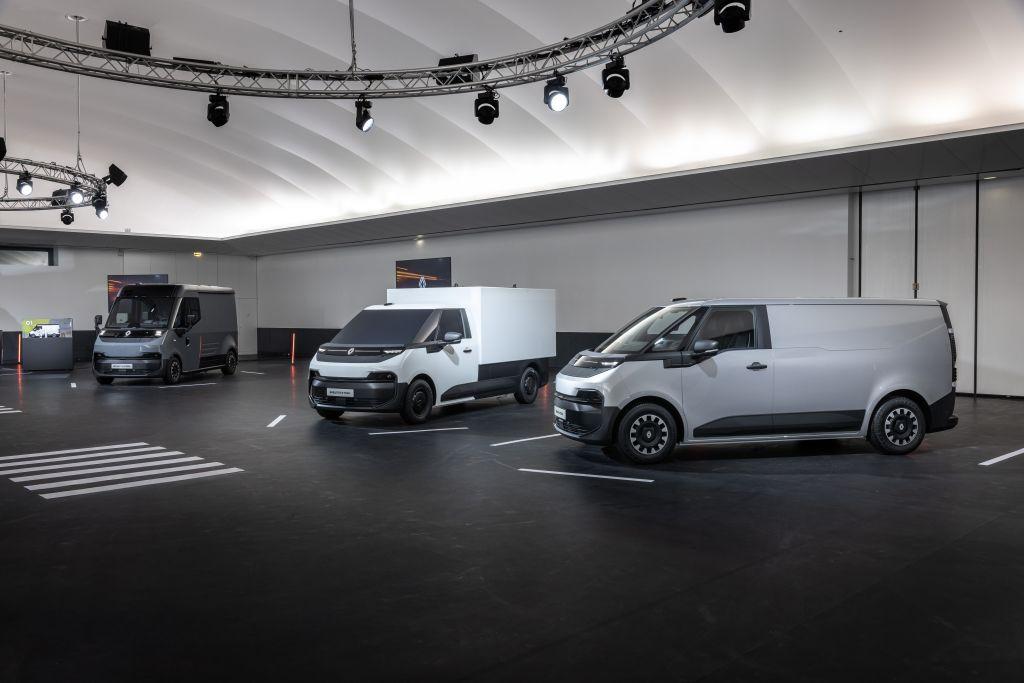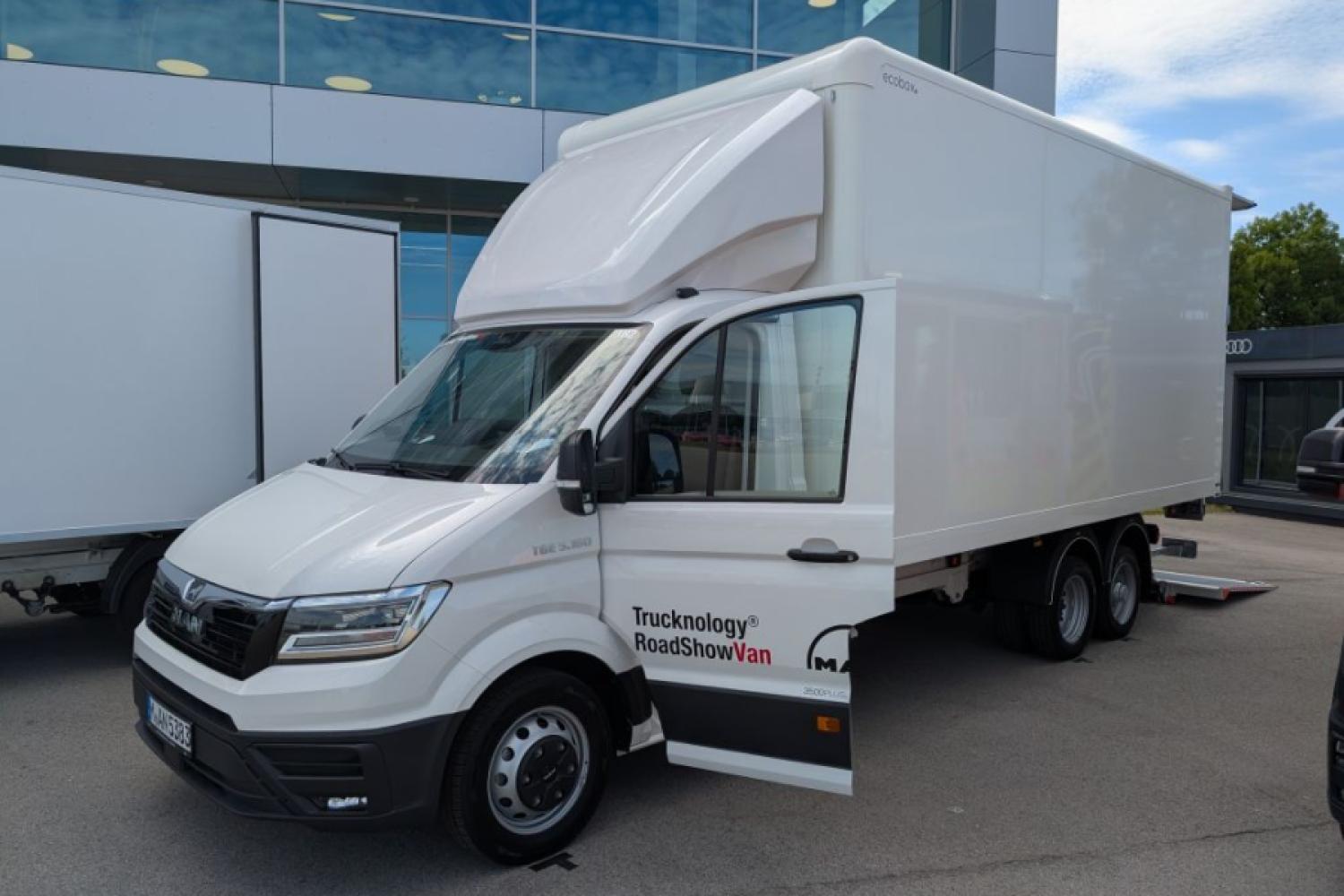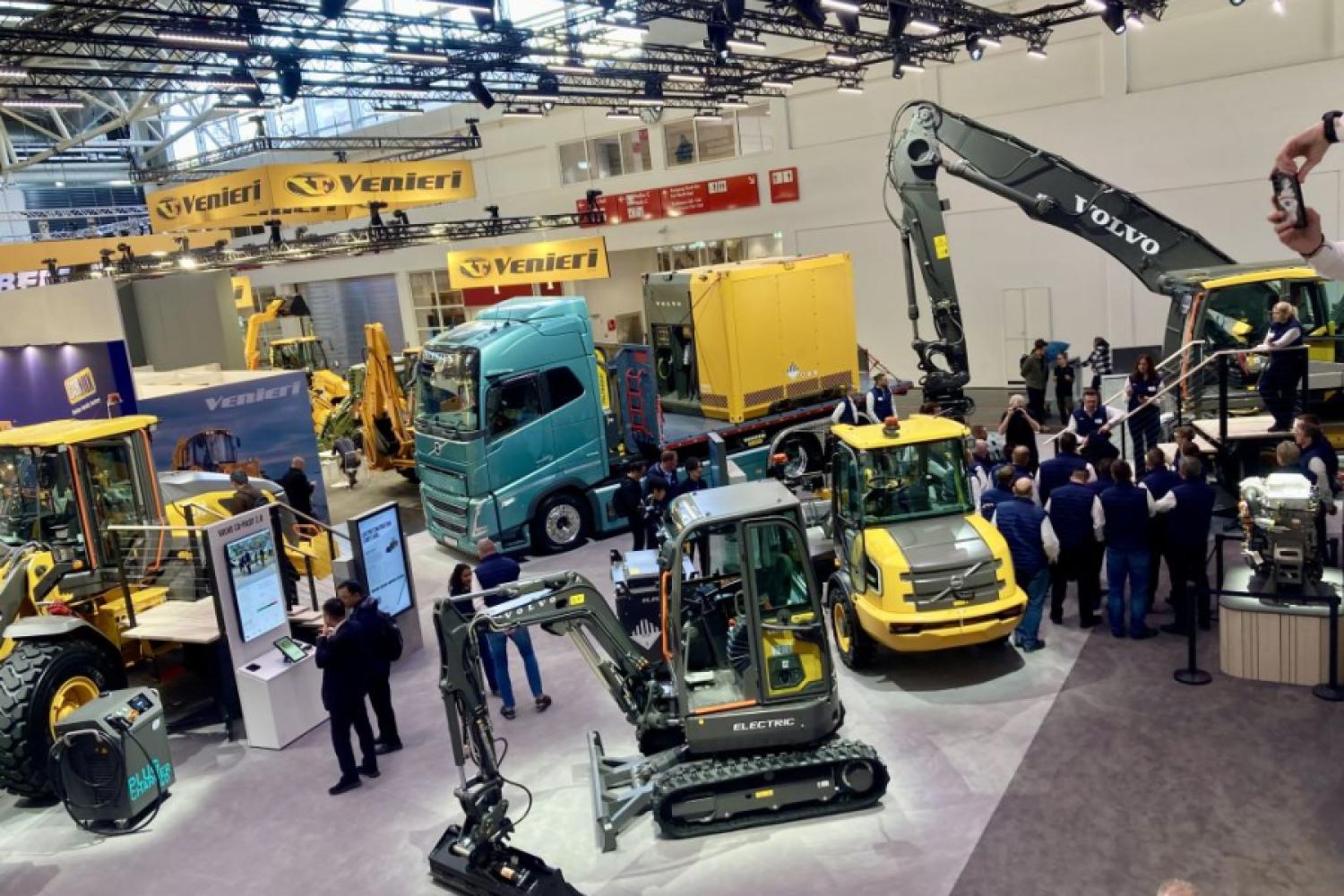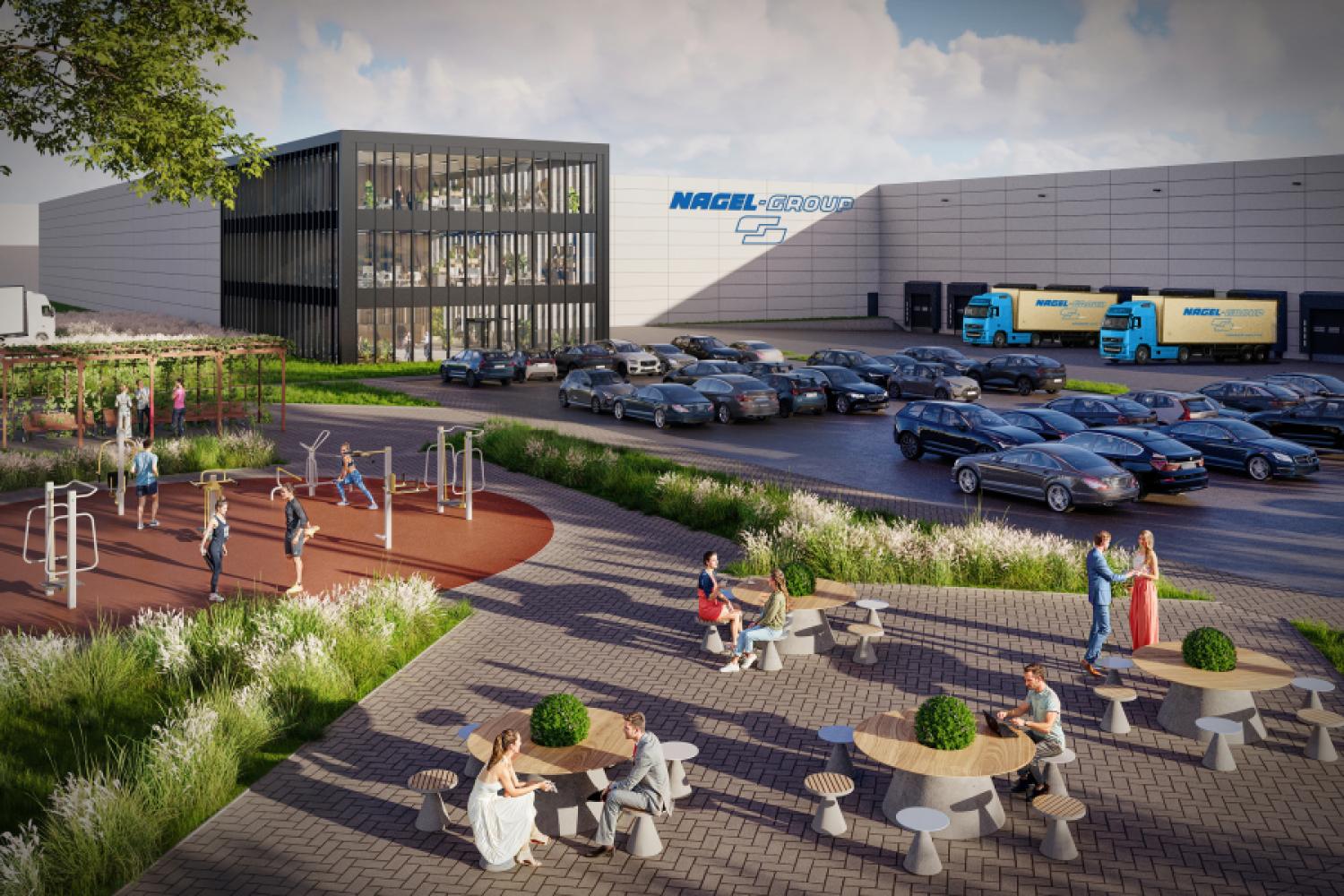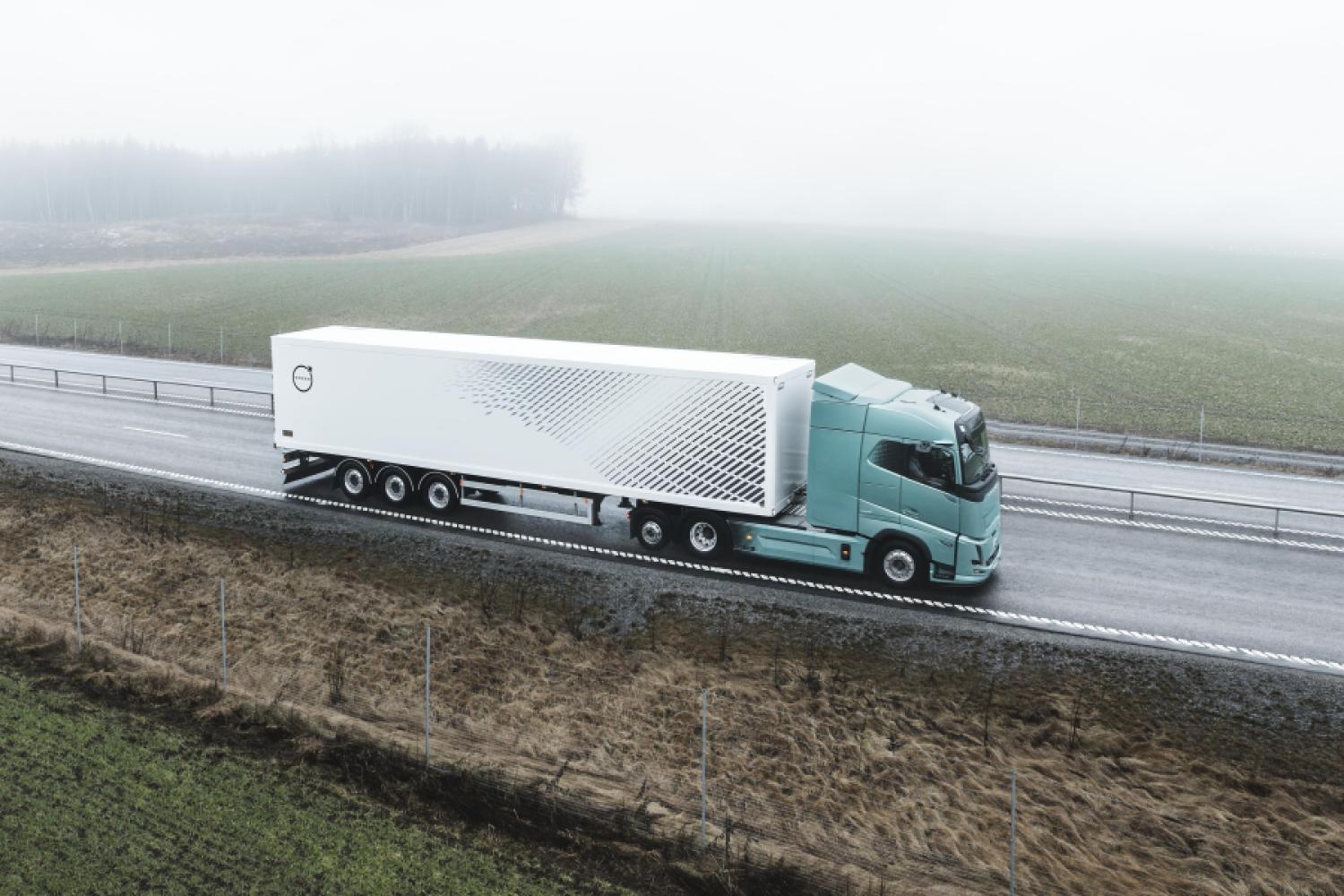Competition stimulates business, as the saying goes. This is currently being verified in the van segment with Kia's ambitious push. The Koreans want to shake up the van segment with their PBVs, especially the compact van PV5, and finally give it the electric boost it has long needed for climate reasons, but which has so far only been available in a mediocre form on the product side. In other words, electrified derivatives of combustion engine platforms that required various compromises, such as in terms of space and energy efficiency, but above all also costs. The electric vans have primarily been this: very expensive. They used to cost a third more than diesel vehicles to purchase, so many customers did not ask further questions, such as about the projected one-third cheaper energy, operational, and maintenance costs and the amortization over a five-year period.
Recently, the successful commercial vehicle brand Ford Pro has significantly reduced prices and, for example, created price parity with the new E-Transit Custom, except for a few thousand euros. The new E-Transit Courier, with a starting price of 29,000 euros, also makes a strong statement here, albeit on mixed platforms. Kia intends to surpass all of that: the PV5 is set to start at 30,000 euros and be cheaper than a diesel from the outset, which they argue the Korean company claims will not be needed because the PV5 offers more space in less room, the same payload and towing capacity, an ultra-compact turning circle, and an emission-free, future-proof drivetrain. In Seoul, they say it's the end of the diesel era.
Stronger in the Joint Venture
In Paris, Renault essentially agrees, launching a similar modular concept with the Flexis joint venture together with the Volvo Group, namely Renault Trucks’ compatriots and the logistics company CGM CMA under Renault's technical leadership, which also goes by the name Trafic. However, with the caveat that the diesel-powered Trafic will remain operational "until the combustion engine does us part," as stated during an event at the Technocentre as part of the "International Van of the Year." One never knows if the customers, who are uncertain due to populist policies, will really go along. Moreover, the steep growth curve in e-vans over the past five years experienced a noticeable slowdown in 2024.
They express the desire, it is said, but customers would not buy to the expected extent - and then manufacturers are reprimanded by politics in the form of impending penalties, although they themselves are not doing enough for electrification in the transport sector or even moving in the opposite direction with fantasies about combustion engines, formulates one Renault manager. It is clear that the chronically
lagging transport sector must decarbonize quickly to contribute to achieving climate goals. Furthermore, concrete scenarios necessitating action are emerging, such as the current 320 environmental zones in the EU, which are expected to grow to 500 soon, as Renault-LCV Director Heinz-Jürgen Löw explains at the beginning. Access with diesels will therefore soon be difficult if not impossible.
800-Volt Platform Sets New Standards in Charging
Within this framework, Renault also wants to make its contribution by providing suitable products for the propulsion transition in commercial fleets. The Trafic, Goelette, and Estafette trio, all on the same 800-volt rear-wheel drive base with a 150 kW Valeo motor (350 Nm), like Kia's PBV, are especially intended to score economically and achieve significantly lower operating costs compared to diesel. In addition, the "skateboard" concept allows for much better utilization of space. Unlike Kia, Renault opts for rear-wheel drive, keeping the front end even shorter, so short that there probably isn’t even a frunk under the no longer existing hood - there is only a small maintenance hatch for washer fluid & Co. However, the electric Trafic then achieves just as much volume of 5.1 to 5.8 cubic meters in 20 centimeters less length, i.e., 4.87 meters and in the L2 version with a longer wheelbase, 5.27 meters, as the combustion engine, remains somewhat narrower at 1.92 meters and not much taller at under 1.90 meters.
The loading edge for the Kia PV5 won't be as low due to the rear engine, but also not as high as in the expensive VW ID.Buzz MEB-electric vehicle, according to the first impression of the mock-up models. The Goelette, essentially a Trafic chassis with a different name, can hold up to 10 cubic meters of large boxes, optionally refrigerating boxes with side roll-up doors or a crew cab with six seats. The Estafette, only available on a long base, then 2.60 meters high but not much longer, can hold up to 9.2 cubic meters in the parcel compartment, which is accessed smoothly from an elevated driver’s seat with an internal sliding door. The diversity has its reason: 50 percent of vans are so-called "conversions," meaning conversions and industry-specific solutions. All Flexis vans feature a small turning circle of 10.3 meters in the L1.
Estafette as a Compact Delivery Vehicle
Large wing and sliding doors ensure good accessibility. For the pure delivery model with the delivery structure Estafette, there are two sliding doors on the left and right front, each framed below by wide steps and a practical rear roll-up door, which facilitates accessibility even in tight parking situations. The payload should be at the familiar level in the 3-ton diesel segment, thanks
to moderate battery sizes and a lightweight "skateboard" as well as new axles, ranging from 1.1 to 1.3 tons, while the Goelette with the cargo compartment should also support one ton. Diesel-like towing capacity is also maintained, with the rear motor allowing for up to 2,000 tons to be towed.
Underfloor, two battery capacities of 60 and 80 kWh with more affordable LFP and more energetic NMC cell technology are installed, which should enable the box van Trafic to achieve a range of 350 and 450 kilometers. Charging is done at high voltage because they are based on an 800-volt platform. This meets customer demands and helps keep battery sizes small, and thus costs—keeping payload high—Renault argues, whereas Kia considers the 400 volts with 150 kW charging power to be completely sufficient. The Flexis van is thus intended to achieve the standard boost from 10 to 80 percent in 20 minutes during DC charging, placed on the passenger side above the fender's safe charge port—besides AC charging at 11 kW (80 kWh battery in 8 hours)—making it suitable for medium and long distances, although this is not its design intention.
Aerodynamic Design and Heat Pump as Standard
Although, it would have the aerodynamics for that: Not only has the front and side of the "monovolume" concept been optimized for aerodynamics, the roof end is also equipped with winglets: A designer claims this should deliver 10 percent more range with the same battery. In addition, an efficient drive system is supposed to accompany it, but after the first rather mixed tests with the new Master E-Tech, which consumed way too much, remains to be seen. A heat pump would also help with range jumps as standard.
In terms of safety, the usual level of driver assistants at Level 2 of automated driving can be expected, and Renault intends to provide additional visibility with an LED daytime running signature, which includes not only front and rear lights but also the sides with an orange light band. A safety monitor also monitors and evaluates driver behavior with regard to safety.
Appealing and Practical Interior
The rounded dashboard is noticeable in the interior, as well as the pleasant square 12-inch screen angled towards the driver with Android Auto-based infotainment and the 10-inch central instrument cluster, both easy to read. Renault doesn’t miss a beat with practical storage, offering the usual practical level, with homey, elegantly dark materials and fabrics, as well as comfortable seats inherited from the Master. Moving through is easy despite the small step, and thanks to the relatively slim console, the middle seat is fairly decent. 22 percent of the materials are claimed to be
recycled, and 85 percent recyclable, for the entire vehicle, by the manufacturer. Mirrors are well-formatted, and forward and side views through triangle windows should provide a good overview and are intended to set a marker visually. Additionally, cameras keep an eye on blind spots and assist when maneuvering. The Estafette, targeting last mile delivery, but also medical services or mobile workstations, aggregates the most important functions needed for delivery with a "delivery button" to save time—a crucial feature considering up to 110 stops a day, which Ford recently also focused on.
Software Meets Hardware: Durable Thanks to Updates
Just as important as the hardware is the software: After all, the trio should be the first "software-defined vehicle" in the van sector, with Renault's subsidiary Ampere assisting with the CAR operating system, again based on Google Android, including the range of Google services, from Maps to voice assistance or connection to the Play Store. Fully connected and update-capable, the e-van thus becomes a mobile data carrier or smartphone on wheels, onto which external providers can then install their "apps" or their own software, as promised. Many everyday functions can be managed via the My Renault app, pre-conditioning, locating, or window checking. The vehicle self-monitors and sends its insights to dispatch or workshop: It should "preventive maintenance" reduce the "downtime" of the vehicle, thus increasing working time and lowering costs—a concept initially promoted by Ford Pro. They reduced the electronic backbone from 17 individual to two powerful central computers, technically considering the projected lifecycle of at least ten years.
Refurbishment Concept: The Second Life Already in Sight
According to the plan, a Flexis van is supposed to be "refurbished," meaning fundamentally reconditioned, after the first life phase of about five years, which also includes bodywork, and then continue to work in its "second life." The e-motors are claimed to be designed for up to one million kilometers, according to the officials. Thus, another advantage should arise with the transformation: not only are the vans cheaper, but they also have a significantly longer lifespan. At that point, it might also be possible to persuade the dealers, if they know that the "electric everlasting rolls" retain their residual and resale value, the Flexis makers hope. They aim to roll out the four-wheeler trio starting in 2026—and secure a substantial portion of the e-van pie, reportedly growing by 30 to 40 percent annually. If indeed the numerous dealers present at Renault and Renault Trucks, but especially customers and politics, join in and participate. And if not, then the “good old diesel” is still being built in the same Sandouville plant, which also goes by the name Trafic but is
